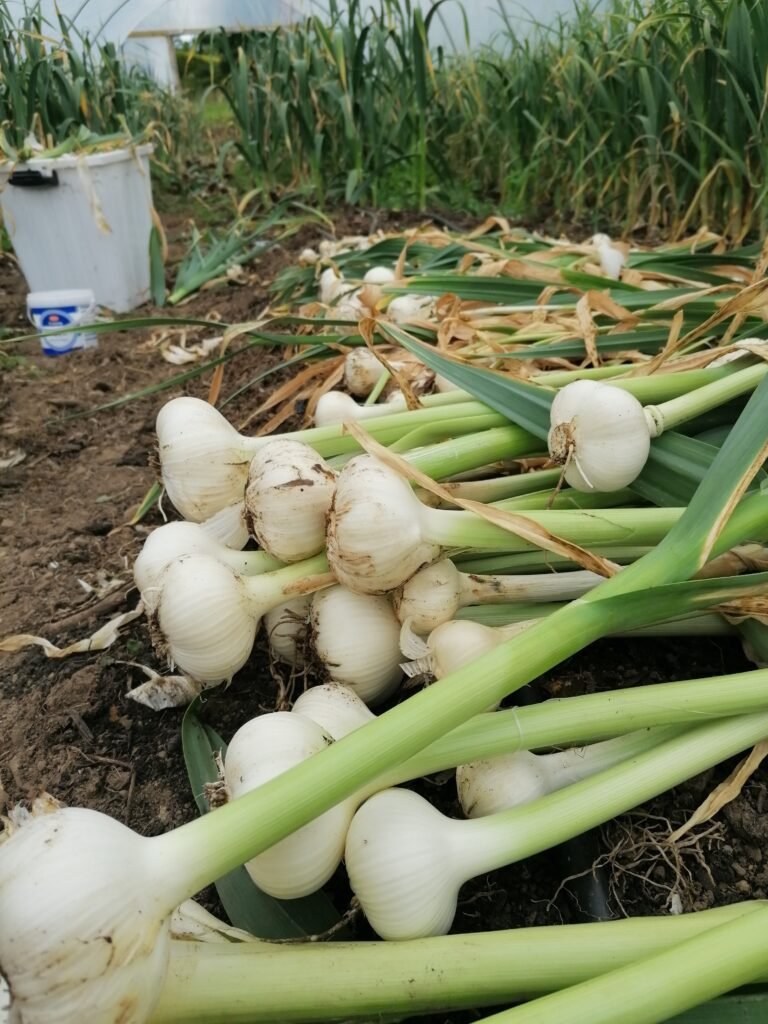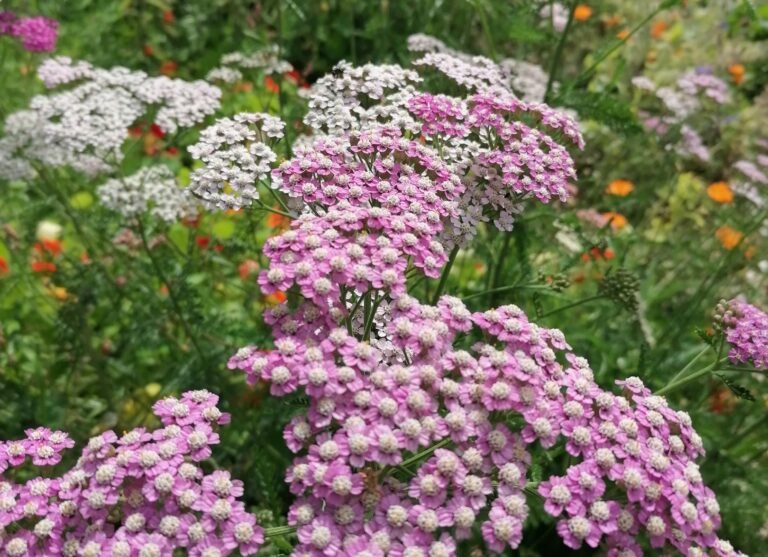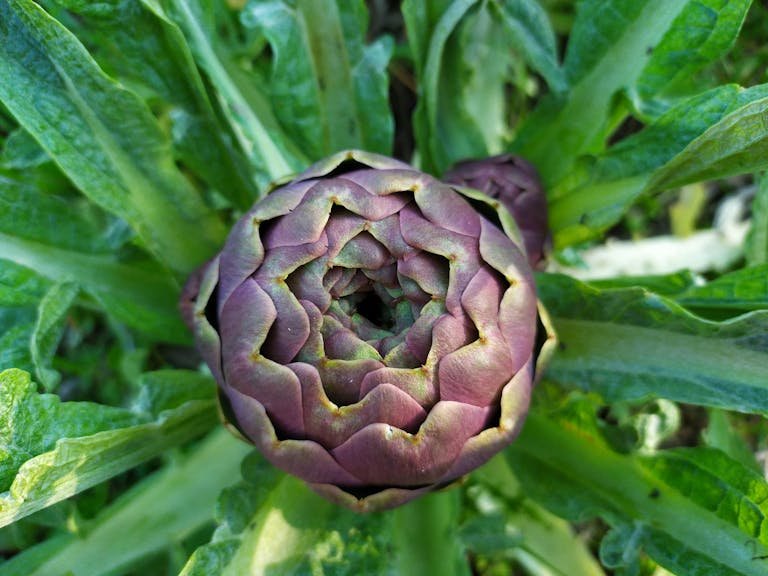
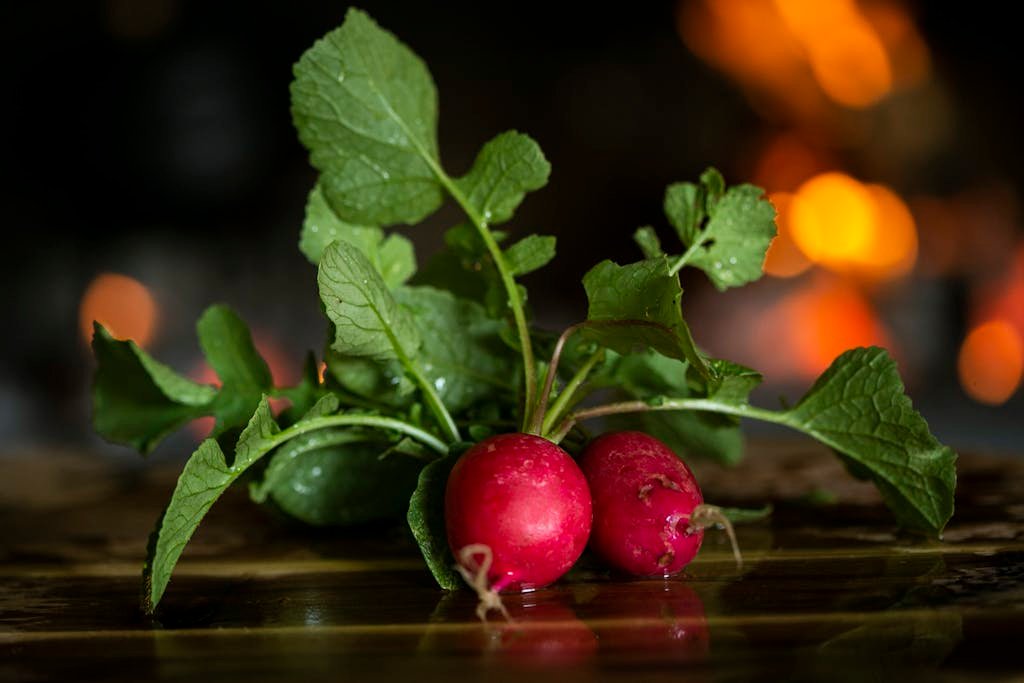
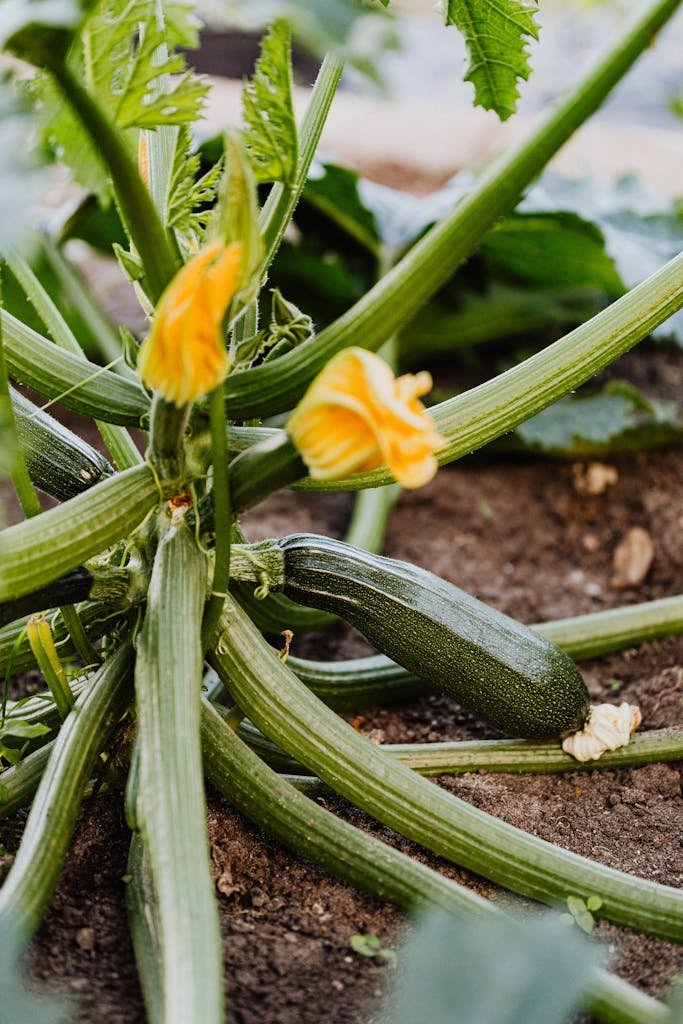
Have you ever wondered what the best vegetables for self-watering containers are? You’re not alone. These clever pots are a gardener’s dream, especially if you’re short on time or always forgetting to water. With a built-in reservoir at the bottom, they keep your plants happy by giving them just the right amount of water—when they need it. No more guesswork. No more droopy lettuce!
We started using them on our porch last summer, and oh, what a game changer. Even Gar, who usually forgets his tea, remembered to admire our cherry tomatoes every morning. Since then, we’ve been filling our self-watering containers with leafy greens, peppers, herbs, and even carrots—and every season gets better.
In this guide, I’ll show you which vegetables thrive in these moisture-loving homes. You’ll also learn what not to plant, how to make your own containers, and how to get the best harvests without lifting a hose every day.
Whether you’re working with a balcony, a windowsill, or just a sunny corner of your yard, these containers make it easy to grow your own food—without the stress. So grab a trowel, a cup of something warm, and let’s turn your space into a little garden that waters itself.
Why Choose Self-Watering Containers for Growing Vegetables?
How Do Self-Watering Containers Work?
Think of a self-watering container like a little helper for your plants. At the bottom, there’s a hidden tank that holds water. A strip of fabric or even just the soil acts like a straw, pulling up water as the plant needs it. That means no overwatering, no dry spells—just happy roots sipping at their own pace. Once we switched to this system, we noticed fewer wilting plants and way less guesswork. It’s smart gardening made simple.
The Benefits: Less Work, Healthier Plants
There are so many reasons to love these containers. First, they save water, which is great during dry summers. They also keep the soil just moist enough—perfect for root health. Because the topsoil stays drier, you’ll see fewer fungus gnats and weeds too. And the best part? You don’t need to water every single day. If you’re busy or forgetful (like I sometimes am), your plants still get what they need.
Great for Balconies, Patios, and Small Spaces
Not everyone has a big backyard. But that doesn’t mean you can’t grow fresh food! Self-watering containers are perfect for small places—like balconies, sunny windowsills, or even a porch. They’re also amazing in drought-prone areas where water is precious. You don’t need a hose or a fancy setup. Just fill the reservoir, pop in your seedling, and let nature do the rest.
What Grows Well (and What Doesn’t)
Now, not every vegetable loves wet feet. Leafy greens, herbs, and thirsty crops like tomatoes and peppers? They thrive. But root crops like carrots and potatoes might get too much moisture and struggle. So it’s worth knowing which plants will give you the best harvests in this kind of setup. That’s what we’ll cover next—so you can plant with confidence.
Top 10 Vegetables That Thrive in Self-Watering Containers
If you’re wondering what to plant first, you’re in for a treat! Some vegetables absolutely love self-watering containers—and they’ll reward you with lush leaves, crisp harvests, and bright bursts of flavor. These plants don’t just tolerate consistent moisture; they thrive on it. From juicy cherry tomatoes that never seem to stop producing, to fast-growing greens perfect for daily picking, these ten veggies are top performers in containers with built-in reservoirs. Even better, many of them grow quickly, which means you don’t have to wait long to enjoy your first harvest.
Whether you’ve got a small balcony, a sunny porch, or just a patch of windowsill space, these plants are your best bet for a low-maintenance, high-reward setup. And if you’re growing with kids or just starting out, they’re forgiving, fun, and full of life. Let’s take a look at the top picks—and don’t forget to add a few of your favorite herbs to the mix while you’re at it!
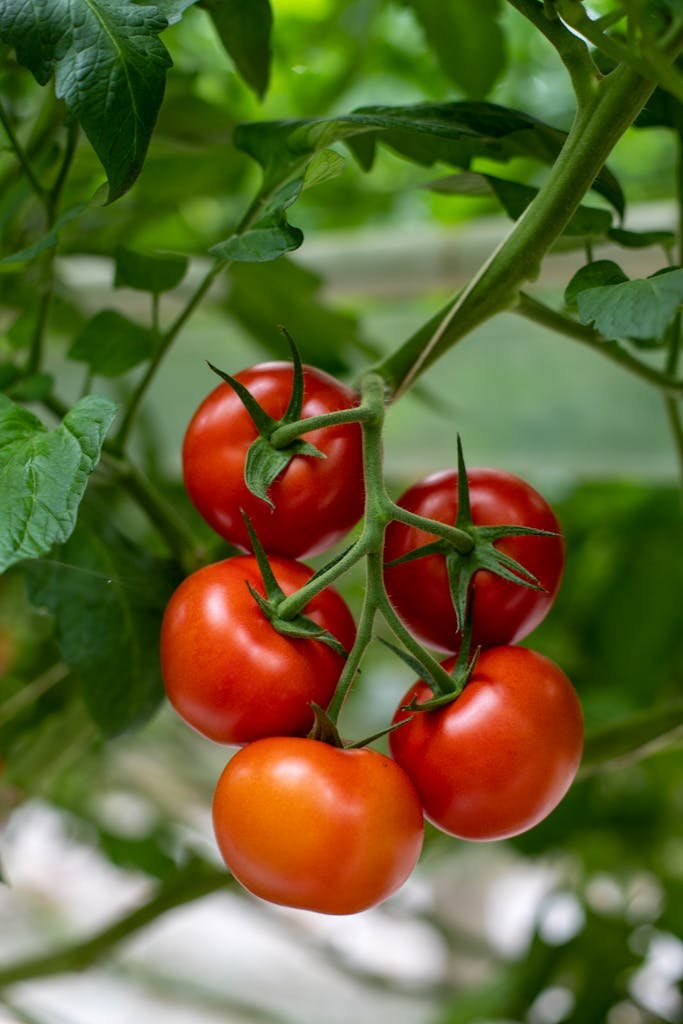
Tomatoes (Cherry and Bush Varieties)
If there’s one vegetable that shines in a self-watering container, it’s the tomato. Cherry and bush types are especially well-suited because they stay compact and love steady moisture. No splitting skins, no dry spells—just sweet, juicy fruits all summer long. Add a bit of compost and give them a sunny spot, and you’ll have more tomatoes than you know what to do with!

Lettuce and Leafy Greens
Leafy greens like lettuce, arugula, and mustard love moist soil and cool roots. In a self-watering pot, they grow fast and stay tender—perfect for picking leaf by leaf. Sow seeds in succession for a non-stop salad garden right by your kitchen door.

Peppers (Bell and Chili)
Both sweet and spicy peppers adore warm, evenly moist soil, making them a match made in heaven for self-watering containers. They’ll reward you with crisp, colorful fruits that keep coming—especially when you harvest regularly and give them a bit of support.

Radishes
Radishes are quick to grow, even in small spaces, and they do best when the soil doesn’t dry out. A self-watering setup helps keep their roots mild and crunchy—not hot and pithy. They’re also a fun way to introduce kids to gardening, since they sprout fast and are ready to harvest in just a few weeks.
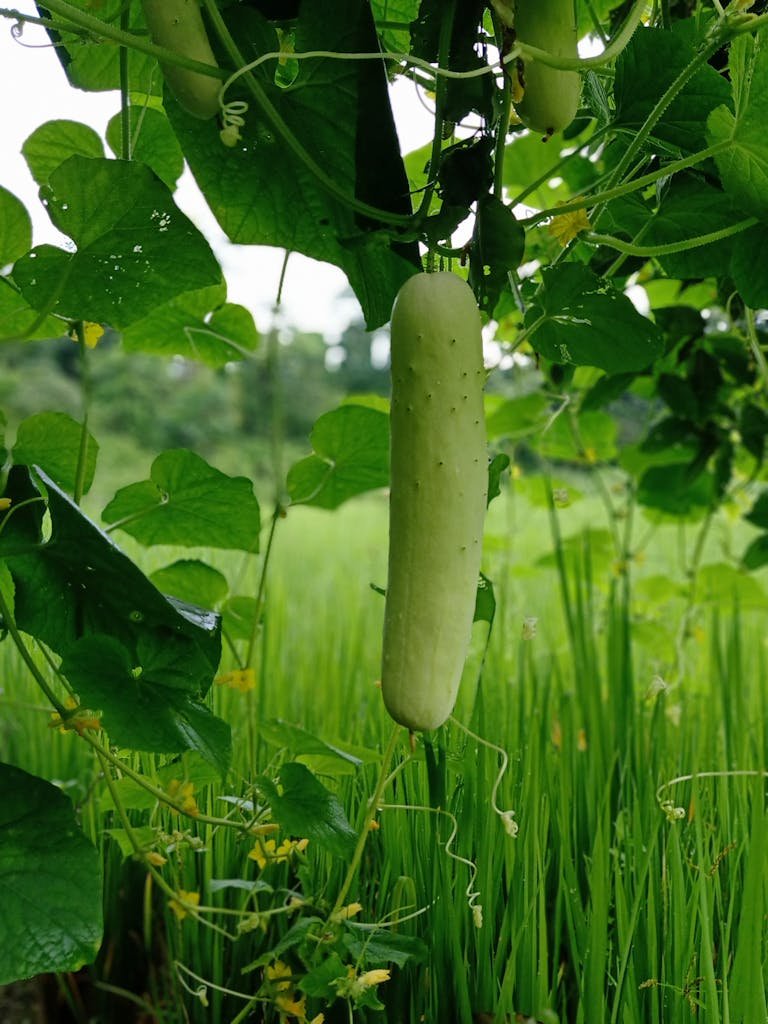
Cucumbers (Bush Varieties)
Cucumbers need a lot of water and warmth, so bush varieties are perfect for large self-watering containers. These compact growers love the consistent moisture and will keep pumping out crisp, juicy cukes. Just add a small trellis or cage to support their vines and watch them take off.
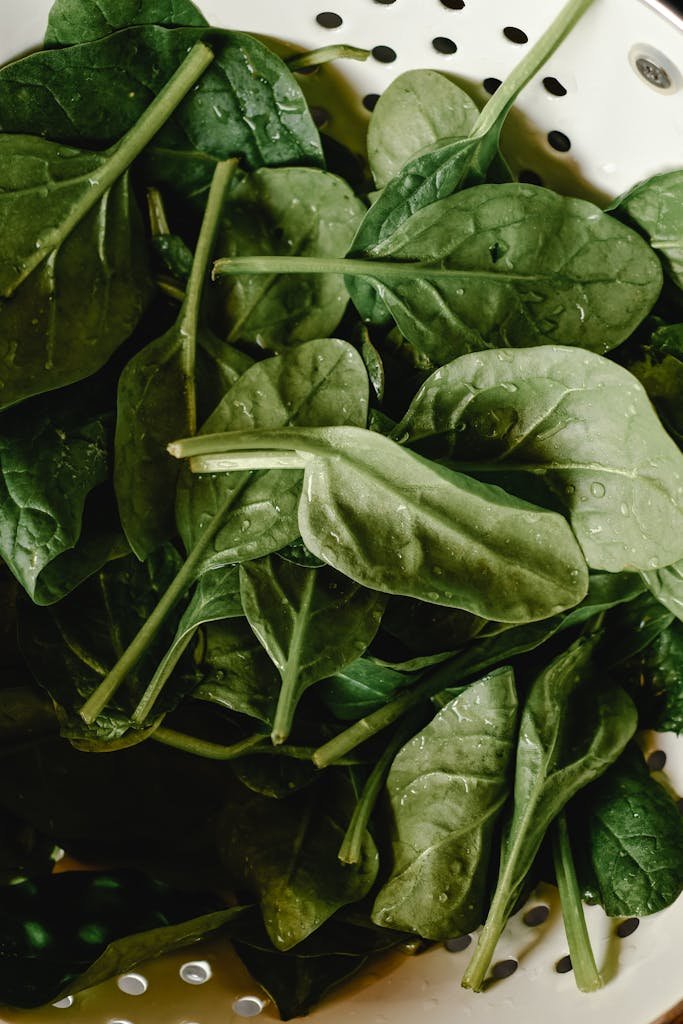
Spinach
Spinach likes cool, damp conditions—so it’s no surprise it thrives in a self-watering container. It’s another great choice for cut-and-come-again harvesting. Keep picking the outer leaves, and the plant will reward you with tender greens for weeks.

Carrots (Short-Rooted Types)
While long carrots may struggle in small pots, short-rooted varieties like ‘Parisian’ or ‘Thumbelina’ do beautifully in moist, loose soil. Self-watering containers help prevent the soil from drying and cracking, so your carrots come out sweet, plump, and well-shaped.

Green Onions and Scallions
These slim, easygoing growers are perfect for containers. They don’t need much room, they grow fast, and they’ll happily send up fresh shoots with steady moisture from below. Plus, you can snip what you need and leave the rest to keep growing.

Zucchini (Compact or Bush Types)
Zucchini can be big growers, but compact and bush varieties are surprisingly container-friendly. They do need a bit more space and a sturdy pot, but the consistent water supply helps prevent blossom end rot and supports their heavy fruit production.
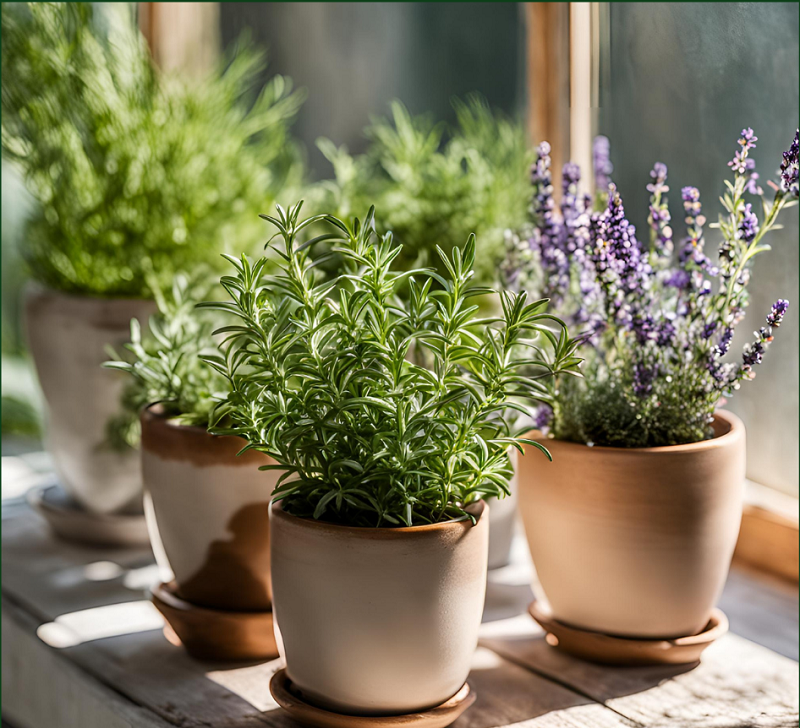
Herbs (Basil, Parsley, Cilantro)
Herbs that enjoy a bit more moisture—like basil, cilantro, and parsley—do wonderfully in self-watering pots. They’re quick to pick, keep on giving, and love to grow near the kitchen. Just avoid rosemary and thyme here, as they prefer drier soil.
Tips for Success When Growing Vegetables in Self-Watering Containers
Choose the Right Container Size and Shape
Before planting, make sure your container is big enough for your veggie to grow happily. Leafy greens like lettuce do well in shallow pots, but bigger plants—like tomatoes or zucchini—need deep, wide containers to stretch their roots. Look for sturdy ones with a water reservoir and wicking system built in. If you’re unsure, go bigger. It gives plants more room and helps the soil stay moist longer.
Use the Right Soil Mix
Not all soil is created equal. For self-watering containers, pick a light, fluffy mix that holds moisture but still drains well. You can use a potting mix made for containers, or make your own by mixing compost, coconut coir or peat, and a bit of perlite. Avoid using garden soil—it’s too heavy and can clog up the wicking system.
Don’t Forget Fertilizer
Since nutrients can wash out of containers faster, your plants will need a little help. Add a slow-release organic fertilizer when planting, and give them a liquid feed every few weeks. Greens need more nitrogen, while fruiting plants like tomatoes and peppers love a boost of phosphorus and potassium.
give Them Plenty of Sun
Most veggies love the sun, so place your containers where they’ll get at least 6–8 hours of sunlight each day. Balconies, patios, or sunny windowsills are all good choices. If things get too hot in midsummer, a bit of afternoon shade can help keep your plants from wilting.
Watch for Overwatering and Mosquitoes
Self-watering containers help prevent underwatering, but it’s still good to check the reservoir now and then. Don’t let it stay full for too long if the plant isn’t drinking much—it can cause root rot or attract mosquitoes. Add a mesh screen or a layer of gravel on top of the water inlet to keep bugs away.
Try Companion Planting
If you’re using a large container, why not mix and match? Grow basil alongside tomatoes, or plant lettuce under a trellised cucumber. Companion planting saves space, helps control pests, and can even boost flavor. Just make sure all your plant pals have similar water and sunlight needs.
What NOT to Grow in Self-Watering Containers
Self-watering containers are amazing for many veggies, but they’re not the right fit for every plant. Some crops simply don’t like having their feet wet too often. So before you grab your seeds, here are a few things to skip—or grow somewhere else.
Dry-Loving Herbs Like Rosemary and Thyme
First off, avoid herbs that like dry, rocky soil. Rosemary, thyme, oregano, and sage come from hot, Mediterranean climates, and they prefer their roots to dry out between waterings. In a self-watering setup, the constant moisture can cause root rot or make them lose their flavor. Instead, plant these herbs in traditional pots with fast-draining soil.
Deep-Rooted Crops Like Corn or Asparagus
Next, think twice before planting anything with very deep roots. Crops like corn, asparagus, or even large parsnips need a lot of space to grow downward—and most self-watering containers simply aren’t deep enough. These veggies do much better in raised beds or right in the ground.
Sprawling or Climbing Plants That Need Room
While some bush varieties work well, plants that spread far or climb high—like pumpkins, melons, or full-size squash—can quickly outgrow their containers. They need tons of space, strong supports, and lots of airflow. In a small self-watering pot, they’ll likely get cramped and stressed.
Why These Plants Struggle
Finally, keep in mind that self-watering containers keep the soil evenly moist at all times. While that’s great for many veggies, it can be too much for those that need to dry out between drinks. Too much moisture can lead to weak roots, mold, or pest problems. So for these trickier crops, it’s better to go with a different setup—and let your self-watering planters shine with the veggies that love them.
DIY and Store-Bought Self-Watering Containers: Which Is Better?
There’s no one-size-fits-all answer when it comes to self-watering containers. Some gardeners love the hands-on fun of making their own, while others prefer the convenience of a ready-made solution. Let’s look at both options so you can choose what works best for your space, budget, and style.
DIY Buckets and Tubs: Cheap and Custom
First, let’s talk about the DIY route. You can make your own self-watering container using items like 5-gallon buckets, plastic tubs, or even storage bins. With a few holes, a wicking basket, and a simple reservoir at the bottom, you’ve got a budget-friendly system that really works. The best part? You can size it however you like. But keep in mind, it takes some tools and a little trial and error. If you don’t mind getting your hands dirty, it can be a rewarding weekend project.
my Store-Bought Picks
On the flip side, store-bought containers come ready to use. They often have sleek designs, overflow spouts, and helpful features like water level indicators. Some of the top-rated brands are perfect for balconies, patios, and windowsills. They do cost more, but if you want plug-and-play ease, it might be worth it.
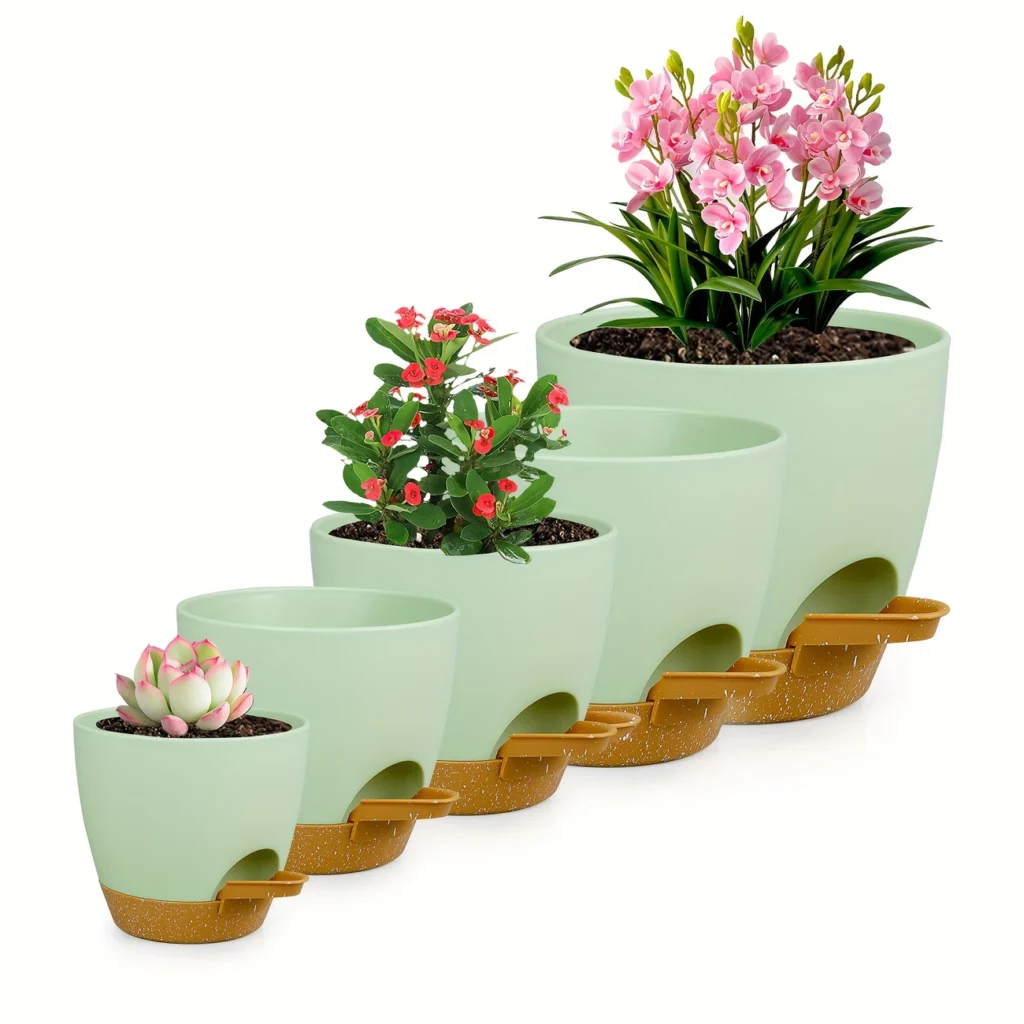
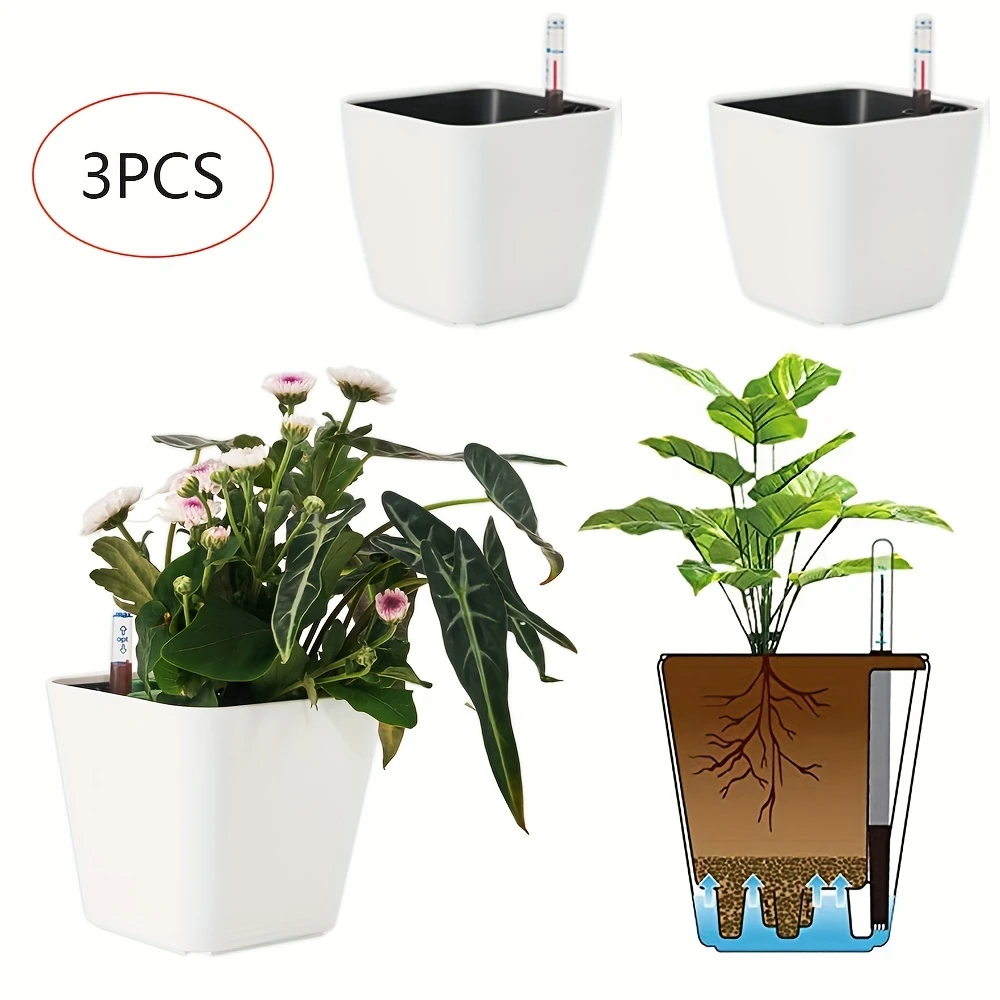
How to Convert Regular Pots
Already have pots you love? No problem. You can turn many regular containers into self-watering ones. Just add a false bottom or a wicking system using cotton rope, recycled nursery pots, or even an upturned cup. It’s an easy upgrade that saves water and boosts plant health—especially in warm weather.
Cleaning and Maintenance Tips
No matter which type you choose, don’t forget about upkeep. Every few months, give your containers a good clean to prevent mold, algae, or mosquito buildup. Check the reservoir now and then to make sure it’s working properly. With a little love, these containers will keep your veggies happy for years to come.
Seasonal Growing Guide: What to Plant When
One of the best parts of using self-watering containers is how flexible they are throughout the year. With a little planning, you can grow fresh veggies in every season—even during the shoulder months when the weather doesn’t know what it’s doing. Here’s how to keep your containers working hard all year long.
Cool-Season vs. Warm-Season Crops
Let’s start with the basics. Some vegetables love cool weather, while others need warmth to thrive. Cool-season crops—like lettuce, spinach, radishes, and peas—grow best in early spring and fall when temperatures are mild. On the other hand, warm-season crops like tomatoes, peppers, cucumbers, and basil prefer sunny, hot days and don’t do well with frost.
What to Plant in Spring, Summer, and Fall
In spring, focus on leafy greens, carrots, green onions, and early herbs. As summer rolls in, it’s time to switch to heat lovers like zucchini, cherry tomatoes, and bush beans. In fall, you can go back to cool-weather veggies for a second round—think spinach, kale, and arugula. Use your self-watering containers to rotate crops as the seasons change, and you’ll always have something fresh growing.
Try Succession Planting
Want a steady harvest? Try succession planting. That just means planting new seeds every couple of weeks instead of all at once. For example, instead of planting all your lettuce in one go, plant a little every 10–14 days. That way, you won’t end up with everything ready at the same time—and your container stays full and productive.
Overwintering Tips
If you live in a mild climate, or you’ve got a sunny windowsill or greenhouse, some plants can keep going through the winter. Hardy herbs like parsley or thyme and leafy greens like kale often survive colder months with a bit of protection. Just make sure your self-watering containers don’t freeze solid, and check the water reservoir often since plants still get thirsty—even when it’s chilly.
Conclusion
Self-watering containers aren’t just a clever gardening trick—they’re a gateway to growing your own food almost anywhere. With the right setup, you can grow lush greens, plump tomatoes, and fragrant herbs right on a windowsill, a tiny patio, or even your front steps. And the best part? Once they’re going, they mostly take care of themselves.
You don’t need a big garden or loads of free time. Just a few containers, a sunny spot, and a handful of seeds can turn into a thriving little kitchen garden. It’s low-effort, high-reward—and surprisingly fun to do with kids. Let them pick out seeds, check the water reservoir, and watch their veggies grow day by day. It’s a lovely way to spend time together and sneak in a bit of learning, too.
And if you’re handy (or just curious), you can even make your own self-watering container from things you probably already have lying around. It’s easier than you think—here’s our DIY guide to get you started.
So why not give it a try? A small start can lead to big, delicious things.




